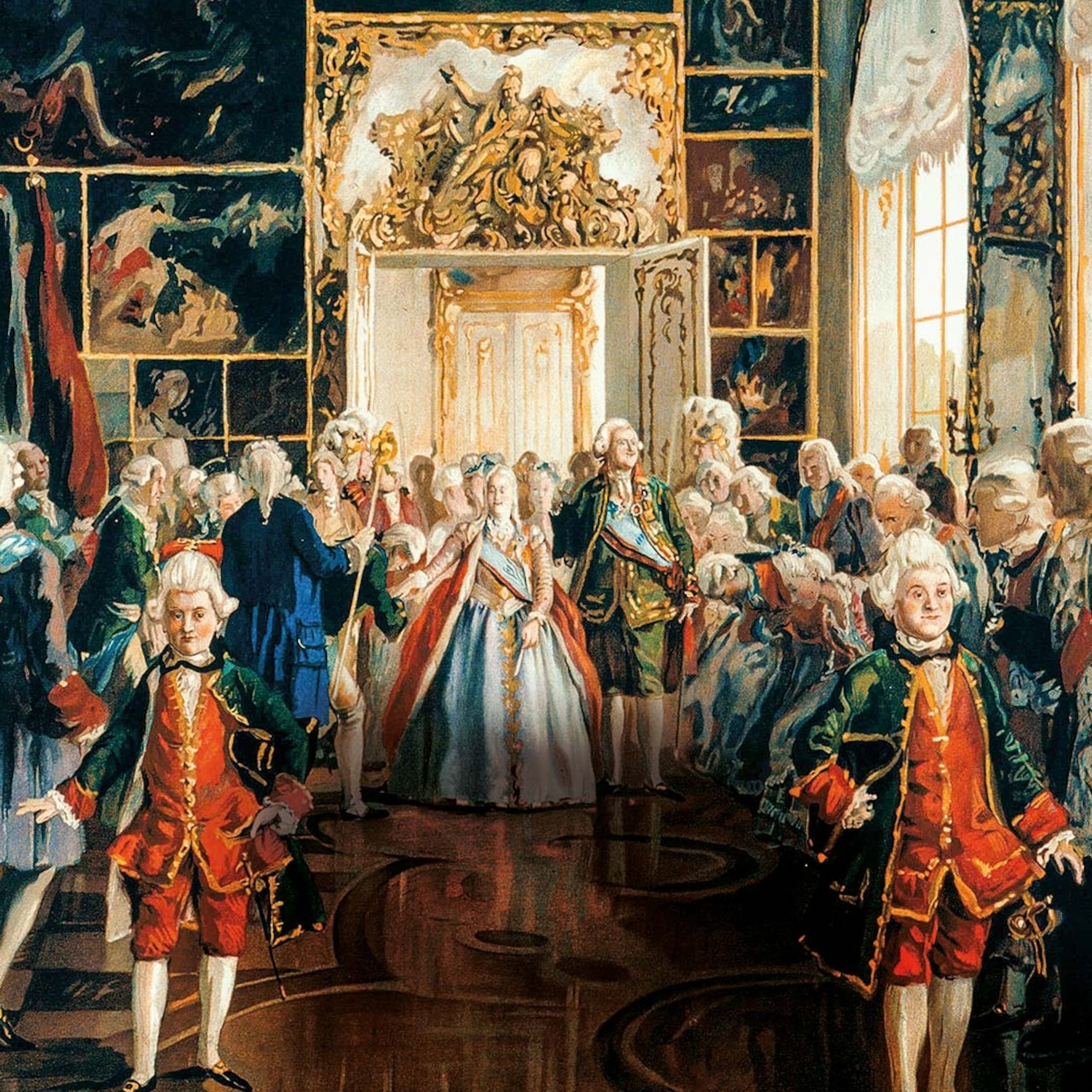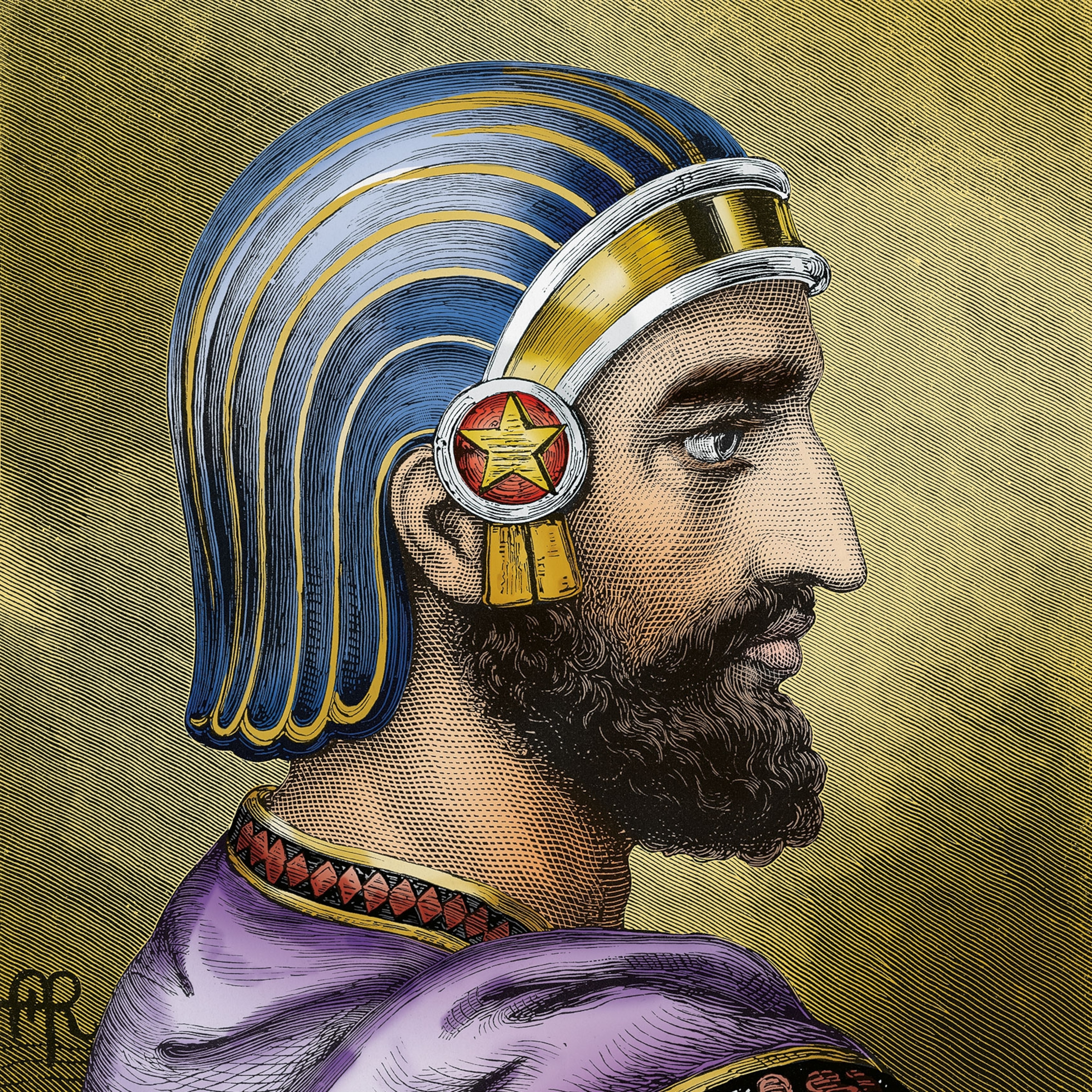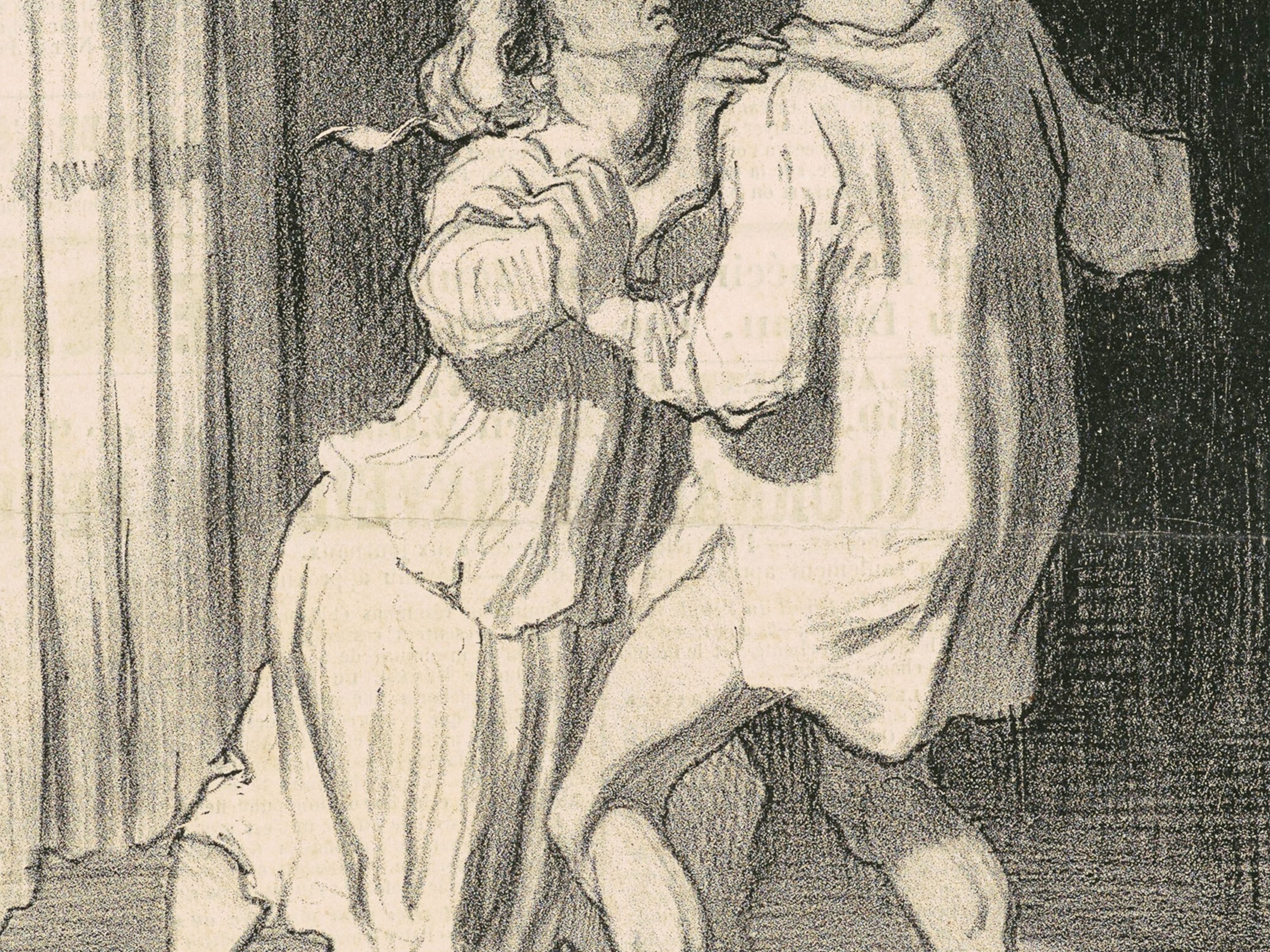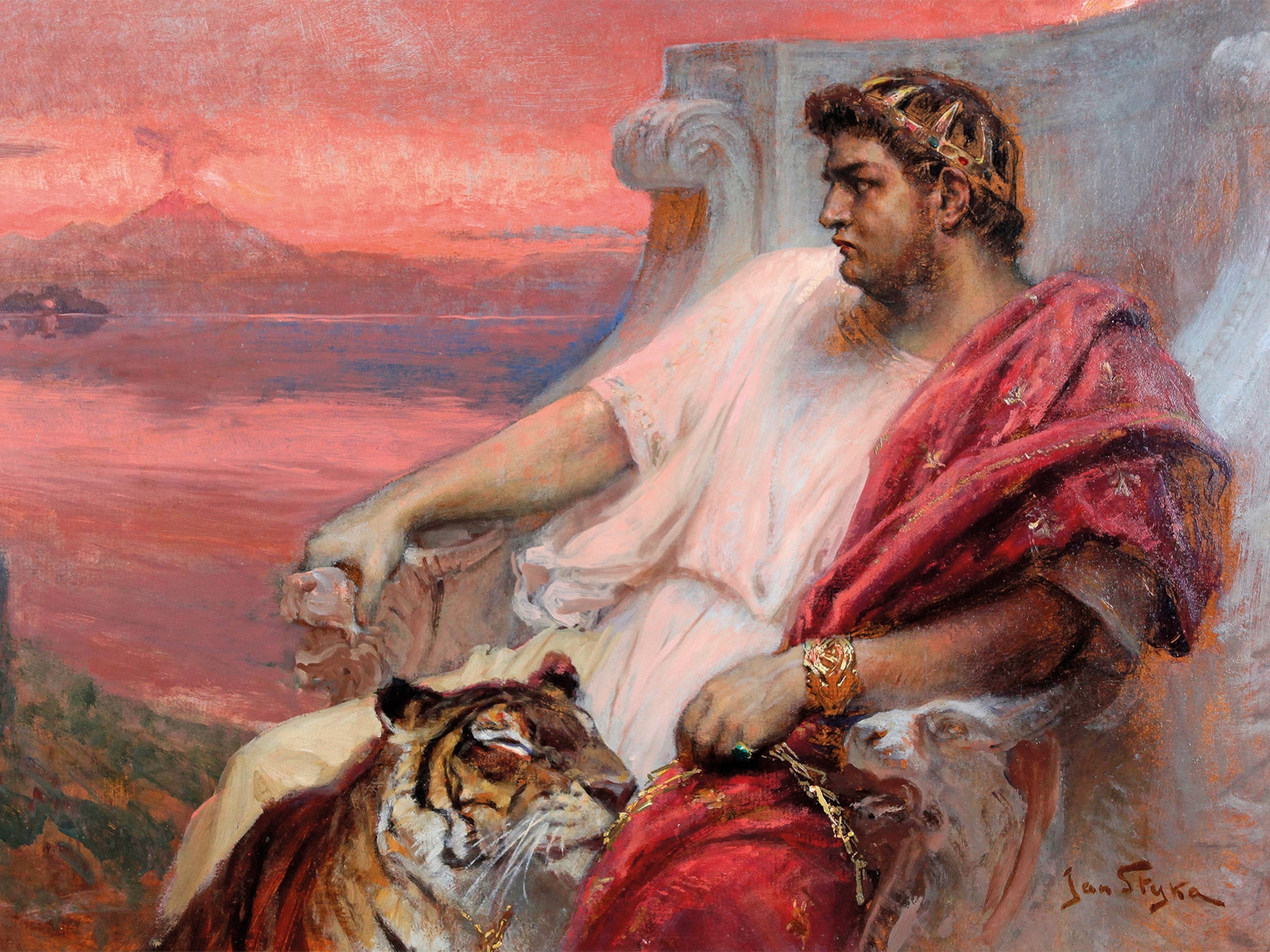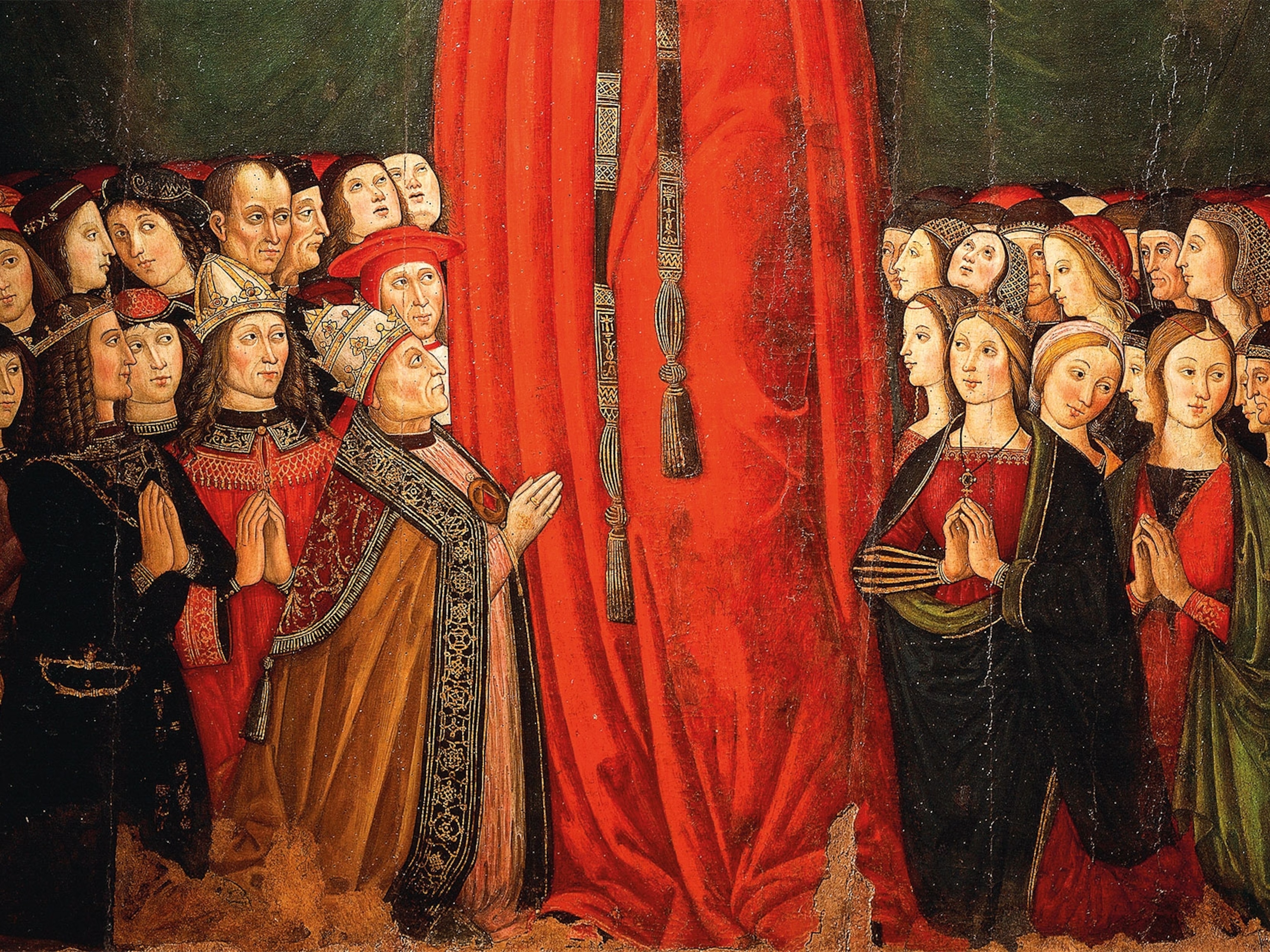This 'pretender princess' tried to steal Catherine the Great's throne
To protect her reign, the empress set a clever trap for Princess Tarakanova—a royal imposter whose true identity remains a mystery.
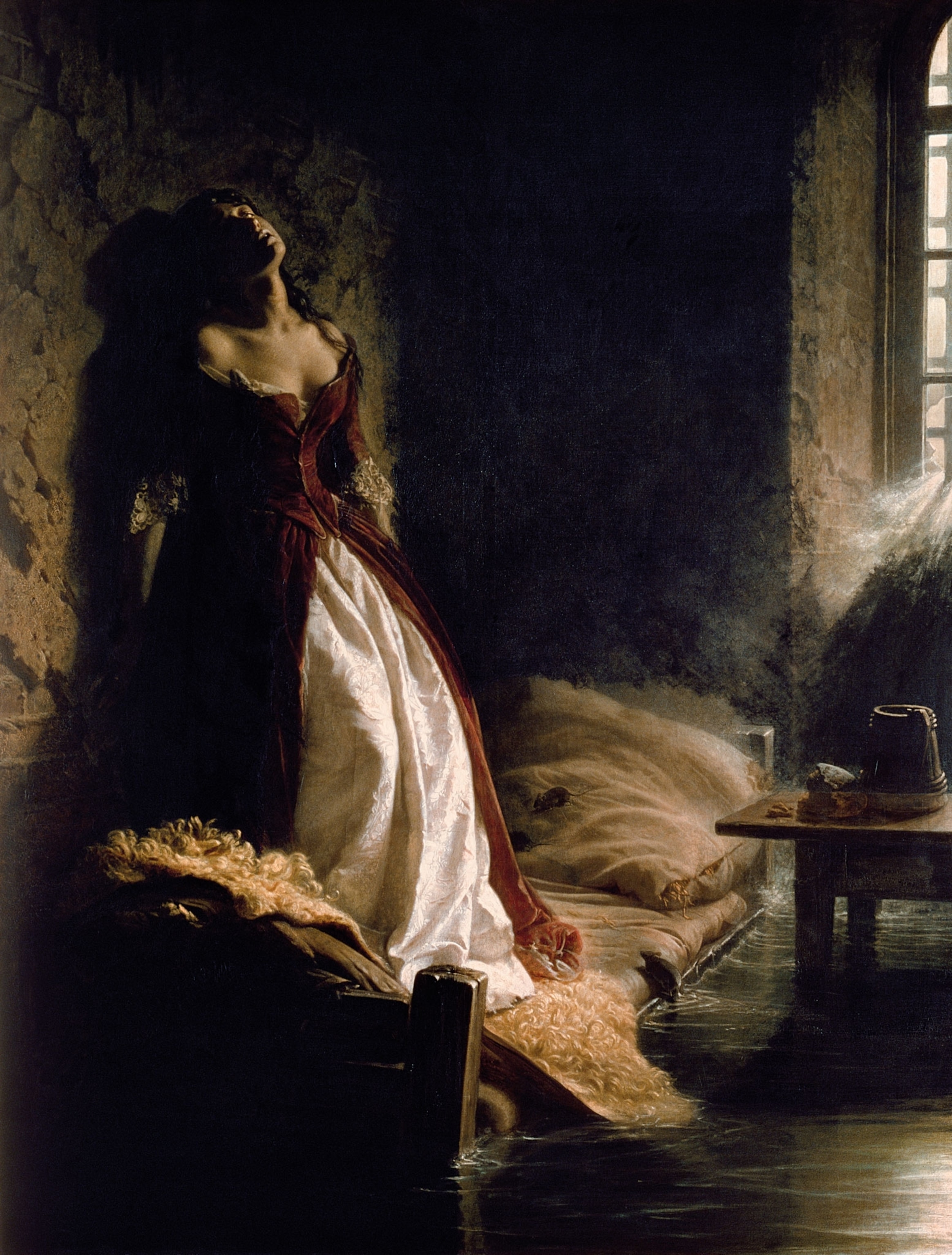
Empress Catherine II of Russia was no stranger to conspiracies and cabals orchestrated by her enemies, but in the early 1770s, one mysterious woman’s claim to the throne would expose deep insecurities underlying Catherine’s reign. The empress ordered that “Princess Vladimir” (later known as “Princess Tarakanova”) be imprisoned in the Peter and Paul Fortress in St. Petersburg.
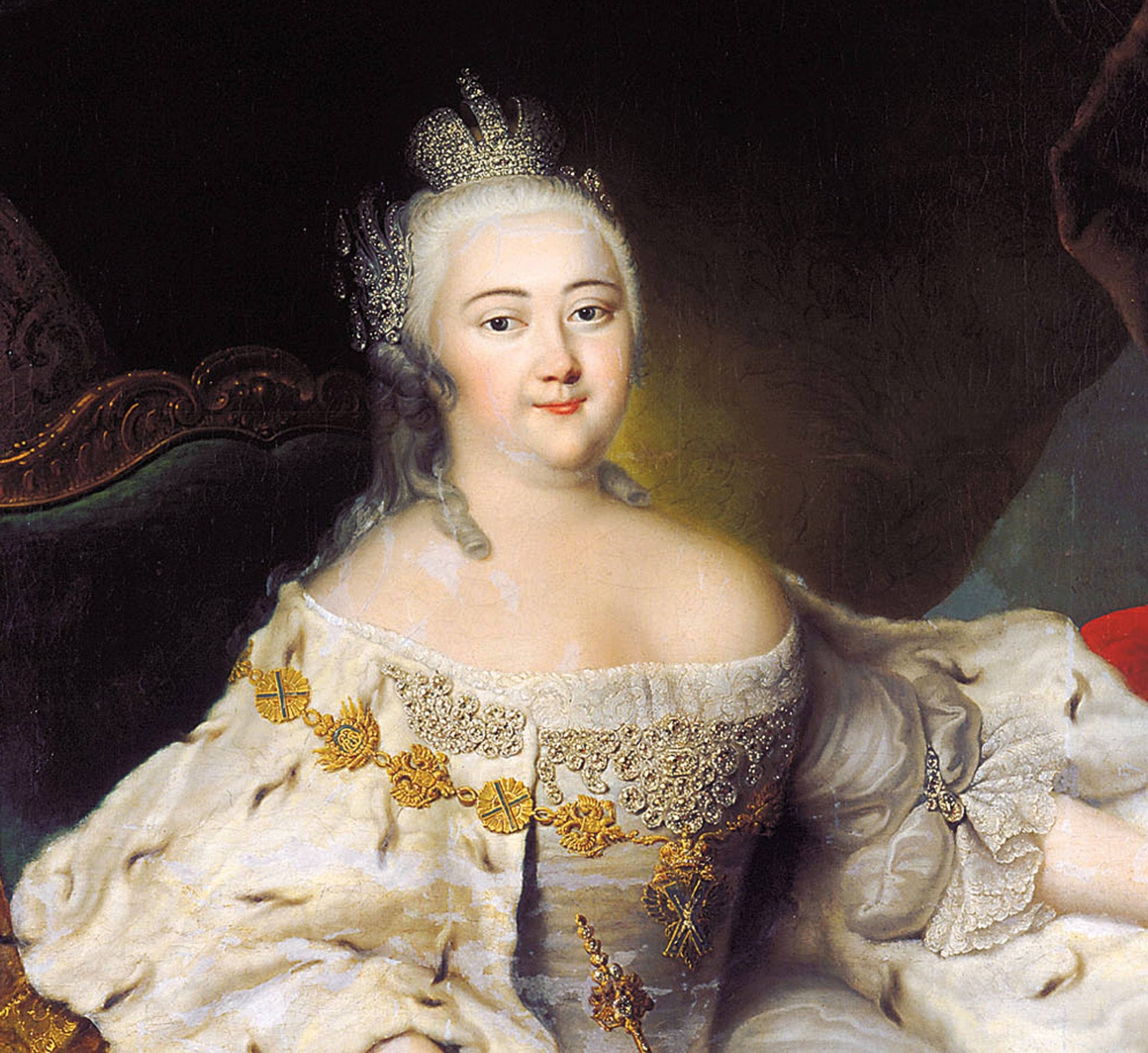
Although Catherine II is better now known as Catherine the Great, her reign had a rocky start. Empress Elizabeth, before she died in 1762, had named Peter, her nephew and Catherine’s husband, heir to the throne. Six months after Elizabeth's death, Catherine led a coup and forced Peter III to abdicate. About a week later, imprisoned in a palace in Ropsha outside of St. Petersburg, Peter died while in the care of Catherine’s allies. Rumors spread that Catherine had orchestrated her husband’s murder.
Threats to the throne
The new empress faced challenges from many sides. Her sweeping political reforms sparked opposition from a sector of the conservative Russian nobility. In addition, Polish powers, opposed to Russia’s interference in their country, also had a vested interest in undermining the new empress. Since her accession to the throne, Catherine had exerted increasing pressure on Poland, practically turning it into a Russian protectorate. (See also: A jewel in two crowns.)
In 1772, Russia annexed extensive territories east of the Polish-Lithuanian kingdom, while Prussia and Austria did the same in the west and south. Many nobles who had fought against Russia went into exile, waiting for an opportunity to resume the struggle against Catherine. It was within this context of political turmoil that the threat of several pretenders to the throne arose. (See also: What's so great about Frederick? The warrior king of Prussia.)
The most dangerous uprising to threaten Catherine’s rule came in 1773, when a former army officer named Yemelyan Pugachev claimed to be Catherine’s dead husband Peter III. Pugachev led a group of armed peasants rebelling against the harsh socioeconomic conditions of the times. With the help of thousands of supporters, Pugachev captured a large amount of Russian territory, but Catherine, recognizing the seriousness of the rebellion, sent the army to defeat him. Pugachev was seized and publicly beheaded in 1775. (See also: Death of a dynasty: How the Romanovs met their end.)
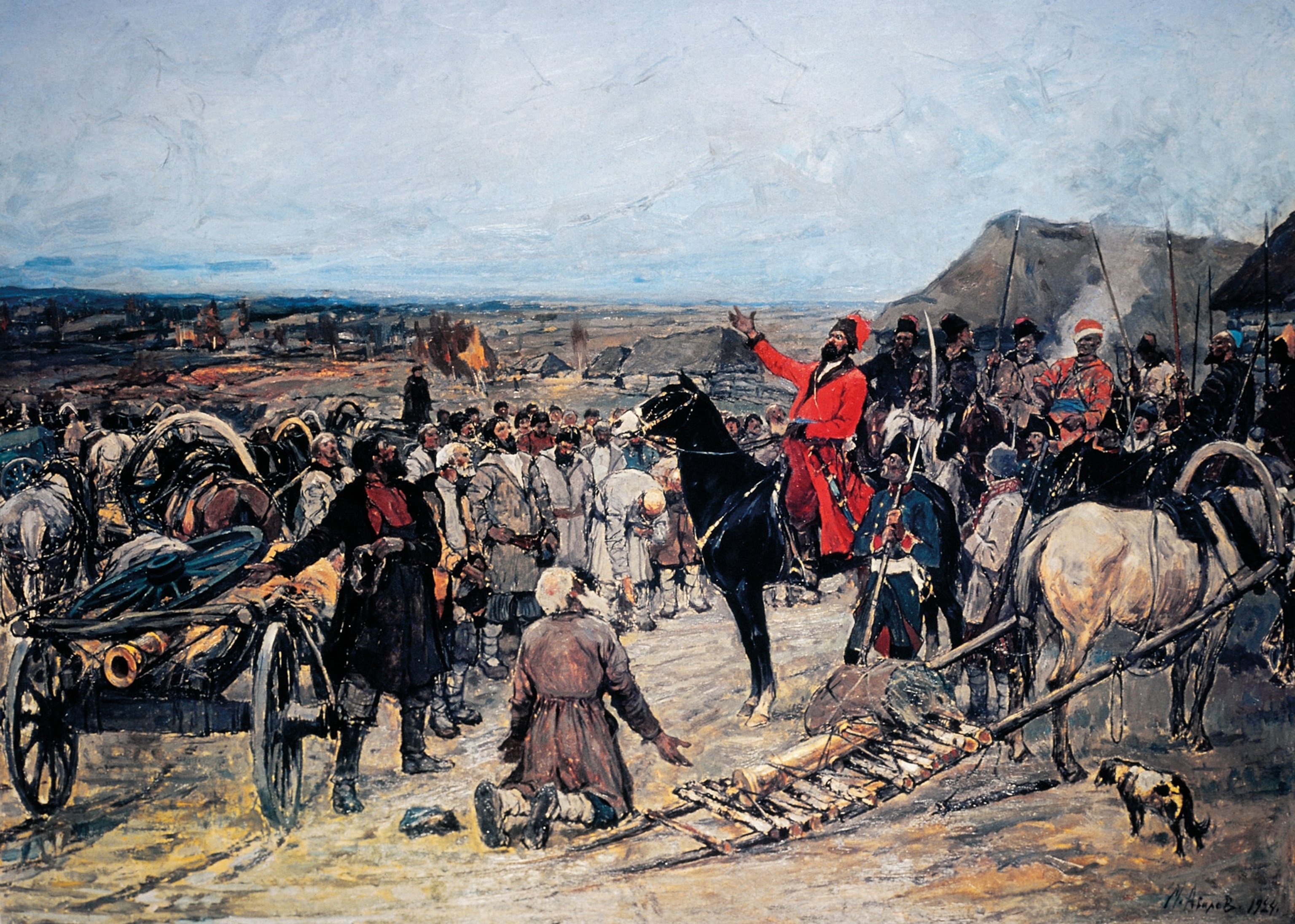
Elizabeth’s heir?
Meanwhile another drama was brewing for Catherine in France. In 1772, an enigmatic woman of great beauty, refined manner, and sparkling wit charmed her way into the salons of the French capital as the “Princess Vladimir.” She claimed she was the illegitimate daughter of Empress Elizabeth, Peter III’s cousin, and legitimate heir to the Russian throne.
According to her story, she was born in St. Petersburg in 1753, and then taken to Persia. She grew up in the home of a Persian nobleman. There, a tutor made the startling revelation of her “true” parentage; she was the product of an affair between Elizabeth and her favorite, Count Aleksey G. Razumovsky.
Sources say that Empress Elizabeth did have an illegitimate daughter with Razumovsky. Hername was Princess Augusta Tarakanova, and she spent most of her life in solitude as a nun, confined to Moscow’s St. John’s Convent on Catherine’s orders. Known only as Sister Dofiya, her true identity remained hidden during her lifetime. She was not permitted visitors until after Catherine’s death in 1796. Although never formally acknowledged, Augusta’s existence seemed an open secret and strengthened the rumors surrounding the pretender in France.
Princess Vladimir was attracting a lot of attention in elite social circles in Paris. The faux princess was accompanied by a German man named Baron Embs, who claimed to be a relative of hers, and by the Baron de Schenk, who acted as a kind of private secretary. Princess Vladimir’s Parisian home was soon frequented by various wealthy and noble suitors, including wealthy Frenchmen and Polish aristocracy, some of whom opposed Catherine’s reign. A captivating adventuress, the “princess” lived richly at their expense. (See also: Vintage photos of royalty families from all over the world.)
But the glittering Paris sojourn ended as suddenly as it had begun. “Baron Embs,” it seemed, was not a baron at all, but a merchant from Ghent whose debts were catching up to him. With her finances imperiled, the pretender traveled across Europe, assuming a new alias (Fraulein Frank, Madame Tremouille, and Countess Selinski, among them) with each new residence. In May 1774, she moved to Venice, quickly working her way into aristocratic circles. But here a trap was laid for her.
Setting a trap
Empress Catherine was alarmed when news of this impostor reached her. Indeed, if this woman was the late Empress Elizabeth’s daughter, she would have a stronger claim to Russian rule than Catherine did. Before she married Peter III, Catherine was Sophie von Anhalt-Zerbst, a German princess, so she had no direct birthright to the Russian throne. If Catherine’s enemies decided to back the false princess, the empress’s reign could be in jeopardy.
Great Expectations
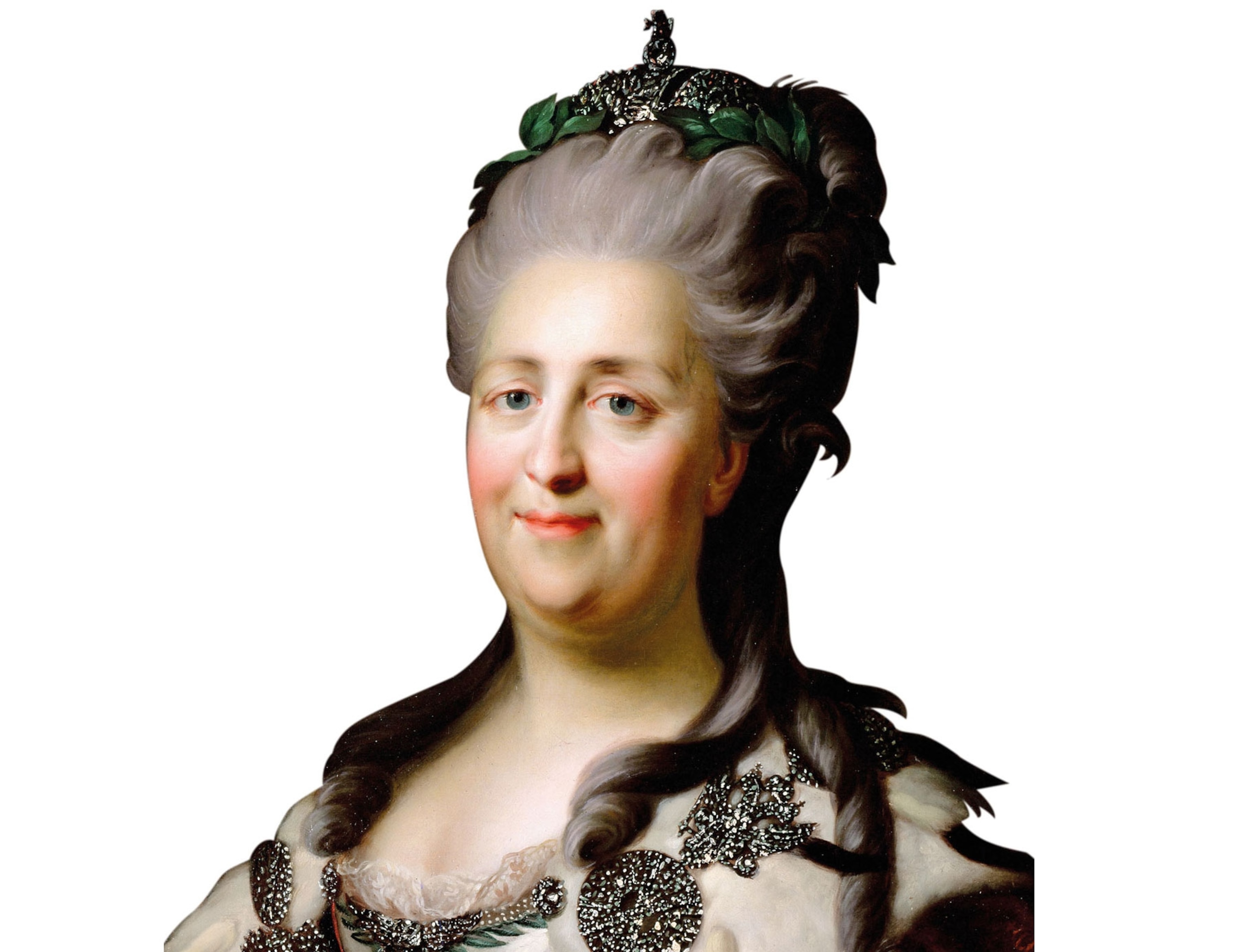
Catherine II expanded Russia’s territory, annexing Crimea and part of Poland. Despite initial social reforms, she later introduced laws that gave even greater power to the nobility while trapping the serfs as a permanent underclass. These political and social changes led to intense discontent, which threatened Catherine’s reign.
Catherine set in motion a devious plan to lure the pretender princess to Russia. There, under Catherine’s absolute authority, any potential imperial ambitions could be quashed. To achieve her plan, Catherine appealed to Count Alexei Orlov, the brother of her companion, Grigory Orlov.
Alexei Orlov took his time laying the trap. First, he planted fabricated rumors throughout Venice that he himself had fallen out of favor with Catherine. Intrigued, the impostor princess wrote to him, offering her support and reminding him that the empress was their common enemy. She assured Orlov that if he supported her once she was appointed empress, she would let him govern alongside her. He proposed that they meet in person and chose the Italian port of Livorno, where the Russian fleet was anchored.
At their meeting, the count assured the princess of his unconditional support. He dared to take the pretense a step further, and feigning a sudden passion, asked her to marry him. Whether she actually fell for Orlov’s seductive wiles or simply judged him a powerful ally, she accepted the proposal, and the wedding was set for a few weeks later.
With the excuse of ensuring that the marriage had all the correct legalities in place, Orlov requested that the ceremony be held on board the ship he captained, and thereby technically on Russian territory. On the day of the wedding, wearing her finery, the princess climbed into a skiff that ferried her out to the ship. But as she stepped onto the ship’s deck, she was seized by a squad of soldiers commanded by Orlov himself, who arrested her in the name of Catherine II.
Princess in prison
The ship sailed immediately to St. Petersburg, where Princess Tarakanova was imprisoned in a gloomy cell of the Peter and Paul Fortress. She was brutally interrogated, but even under torture, she did not contradict herself, admit to fraud, or deny her royal descent.
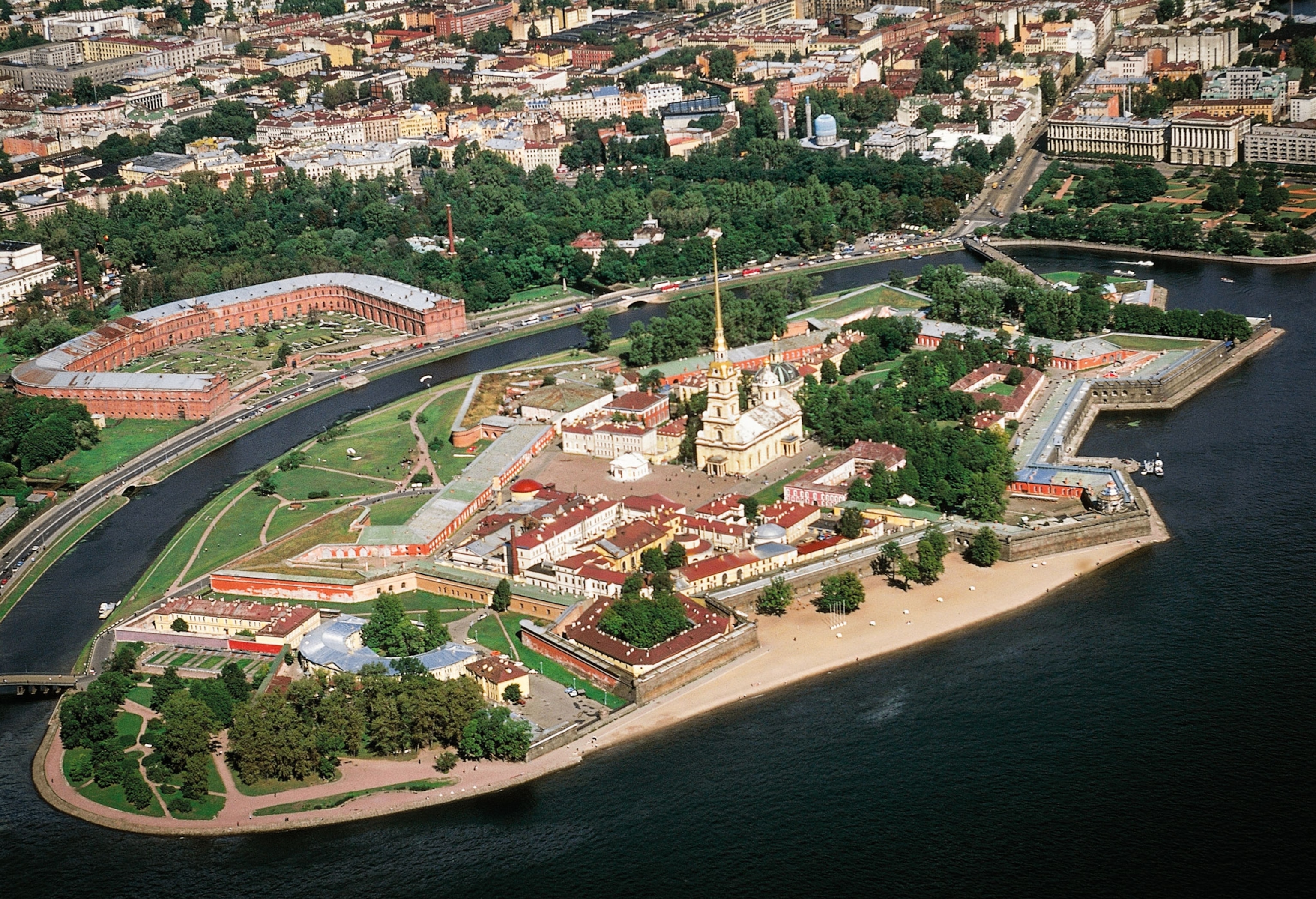
Catherine realized that nothing would persuade this daring woman to drop her challenge to the imperial throne and so ordered her imprisoned for life. Never having revealed her true identity, the princess died in her cell in 1775, likely succumbing to tuberculosis. She was buried without ceremony in the fortress graveyard. Her dramatic story and carefully orchestrated posturing became the subject of books, films, plays, and Konstantin Flavitsky’s famous painting.
In the many historical treatments of her life, she is usually referred to as “Princess Tarakanova,” even though in her own time, this moniker was not among her many aliases. Her birthplace and real name are still unknown and will perhaps never be discovered. But as one of the most famous of Russia’s many pretenders to the throne, the story of this impostor princess still lends historical fact to a romantic legend.

